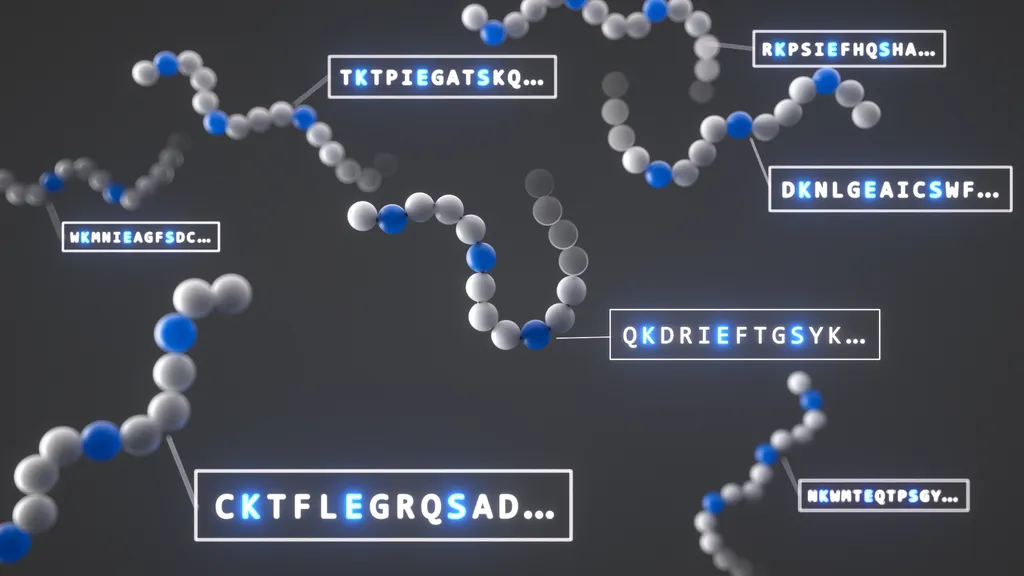In a significant breakthrough, researchers have identified the elusive protease responsible for activating botulinum neurotoxin A (BoNT/A), one of the most potent toxins known. This discovery, published in *Scientific Reports*, not only sheds light on the molecular mechanisms of toxin activation but also opens avenues for advancements in agriculture and biosecurity.
The study, led by Shani Pitel from the Department of Biotechnology at the Israel Institute for Biological Research, focused on understanding how the relatively low-potency 150-kDa polypeptide produced by *Clostridium botulinum* is transformed into its highly toxic form. The activated toxin consists of a 100-kDa heavy chain and a 50-kDa light chain (LC) connected by a disulfide bond. Until now, the specific protease facilitating this transformation remained unknown.
The research team screened fractions of *C. botulinum* A culture supernatant for proteolytic activity using a substrate that mimicked the toxin’s structure. Through proteomic analysis, they identified α-clostripain as a candidate protease. Recombinant α-clostripain successfully cleaved the substrate between the LC and the translocation domain (HN). However, when incubated with recombinant inactivated BoNT/A (rBoNT/Ai), α-clostripain caused non-specific digestion of the toxin.
This led the researchers to hypothesize that an accessory protein might be necessary to protect the toxin from non-specific cleavage. They tested this hypothesis by incubating rBoNT/Ai with α-clostripain or culture supernatant in the presence of recombinant NTNH (non-toxic non-hemagglutinin). The results were promising: the toxin was specifically cleaved into the expected 100- and 50-kDa fragments.
To validate their findings, the team evaluated the activation of rBoNT/A by α-clostripain in a mouse model. The cleavage of rBoNT/A by α-clostripain in the presence of NTNH resulted in a 77-fold increase in toxicity, confirming toxin activation. As Pitel noted, “This study elucidates the mechanism of BoNT/A activation for the first time, providing a foundation for future research and potential applications.”
The implications of this research are far-reaching, particularly for the agriculture sector. Understanding the activation mechanism of BoNT/A can lead to the development of more effective and targeted biopesticides. These biopesticides could be engineered to selectively activate in specific environmental conditions or in the presence of particular pests, reducing the need for broad-spectrum chemicals that can harm beneficial insects and the environment.
Moreover, the knowledge gained from this study can enhance biosecurity measures. By identifying the protease involved in toxin activation, researchers can develop better detection methods and countermeasures to protect crops and livestock from botulinum poisoning. This could be particularly beneficial in regions where *Clostridium botulinum* is prevalent, helping to mitigate economic losses due to contamination.
The discovery also paves the way for further exploration of toxin activation mechanisms in other pathogens. As Pitel explained, “Our findings not only address a long-standing question in the field but also open new avenues for research into the activation of other toxins.”
In summary, this groundbreaking research provides a deeper understanding of the molecular processes underlying BoNT/A activation. The insights gained have the potential to revolutionize the agriculture industry, offering more sustainable and effective pest control solutions. As the scientific community continues to build on these findings, the future of biopesticides and biosecurity looks increasingly promising.

